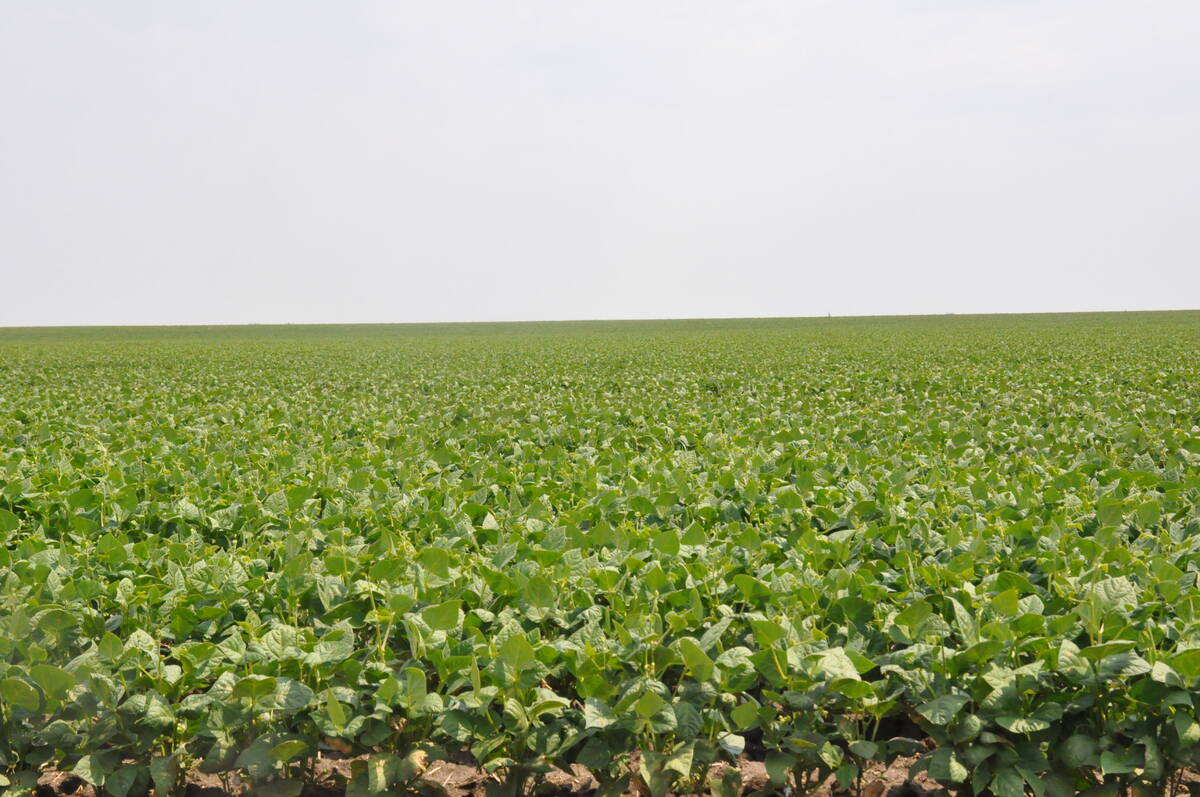Rural communities should join forces with their urban neighbours and explore innovative taxation options to stave off further decline, says a university researcher.
Mark Partridge, the Canada research chair in the New Rural Economy at the University of Saskatchewan, is leading a team researching rural economies and seeking ideas to sustain their population base and services.
The seven-year research project, which received $1.4 million in federal funding, uses geographic information system technology to determine what happens to rural areas when neighbouring urban areas grow.
Maps of rural economic activity allow Partridge to integrate information on population, income levels, business activity, governance, taxes, educational background, transportation and health care services.
Read Also

Coloured bean production down, whites are up
Bean prices have been slumping and the outlook is for more of the same.
“Historically, backwash was the story,” he said, referring to the tendency of urban areas to suck in jobs and workers from rural areas.
His research is showing that the trend has changed over the last two to three decades, with urban growth spreading into the surrounding countryside.
That shows that rural and urban are closely linked and they need to make decisions together to benefit both, Partridge said.
“Rural areas have an important stake in the well- being of their urban neighbours.”
Rural decline reflects improvements and efficiencies in farming that have allowed fewer farmers to manage the same production, he said, which leads to smaller communities and declining services, with fewer people to service.
The trend has been observed across the Canadian Prairies and the U.S. Great Plains. Fewer people make it harder to maintain basic services necessary to educate young people, attract newcomers and sustain businesses, he added.
He said the Saskatoon region was a bright light on his maps because of the U of S and a strong innovation and biotechnology
sector.
Partridge is also exploring environmental degradation in areas of urban sprawl such as Calgary, which can lead to a changed landscape, conflicts between farmers and acreage owners and increasing demands on water resources.
Farming was once the engine driving a rural economy, Partridge said, and more diverse agricultural enterprises will likely take its place in the future, drawing on an abundance of readily available raw products.
While overhead costs are considerably lower for businesses setting up in rural communities, workers are becoming more scarce, a challenge that Partridge said could be addressed by a group representing the broader community.
He has GIS maps showing the commuting patterns and rings of growth that occur around urban centres of more than 15,000 residents such as Saskatchewan’s Swift Current and Yorkton.
His data shows that immigration, long touted as one option to revitalize rural economies, can also play a role in some regions.
“The problem is where the immigrants are, within one hour of the city. They don’t want to go to remote areas,” he said.
For government policy makers, Partridge said this data points to the need for a large region to work on economic strategies rather than just an individual town.
“One little community just doesn’t have the critical mass,” he said.
Partridge proposed introducing another level of government, similar to a county system in the United States, to ensure the region is represented at provincial and national levels.
Ken Engel, executive director of the Saskatchewan Association of Rural Municipalities, said while a number of studies have identified similar ideas in the past, nothing will happen until communities unite to create change.
“Until people at the grassroots buy into it, until they take hold of it, it’s just another idea that goes out,” he said.
“We’re in this thing together and need to work together to change the patterns we see.”
He said SARM’s studies have also shown impediments to development in rural regions that can be fixed by working as a broader community.
“We have to work beyond our municipal boundaries,” he said, noting groups such as regional economic development authorities have failed because the provincial government and municipalities did not put sufficient people and money behind them.
Under Partridge’s plan, a county would encompass as many as 10 Saskatchewan rural and urban municipalities and have the option to levy a one percent sales or fuel tax to finance infrastructure projects to improve commuting corridors or health care services.
“We need them together to help influence that; right now they have no voice.”
Partridge said a town that loses its hospital, school or elevator often does not survive,
“It’s critical for the ones that are still here to stay above that threshold and find the tools and ways to do that,” he said.














